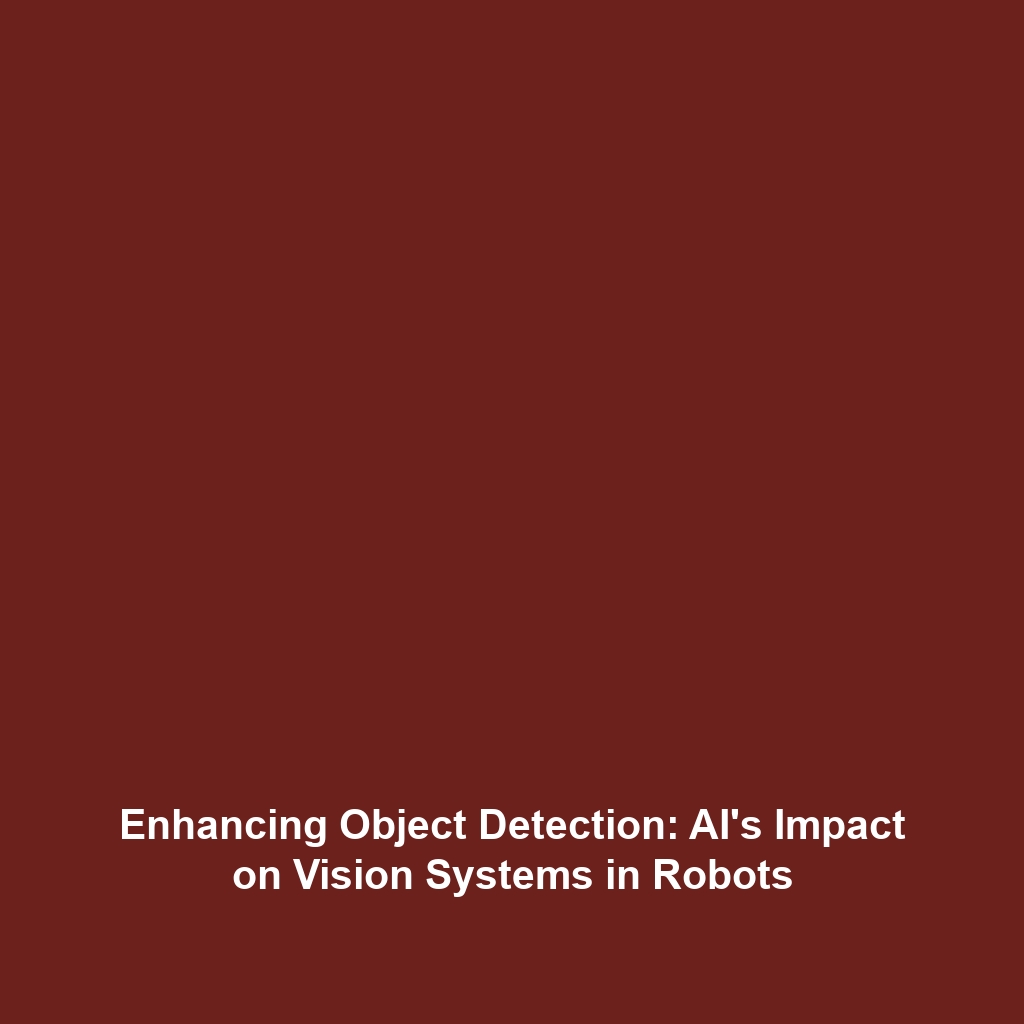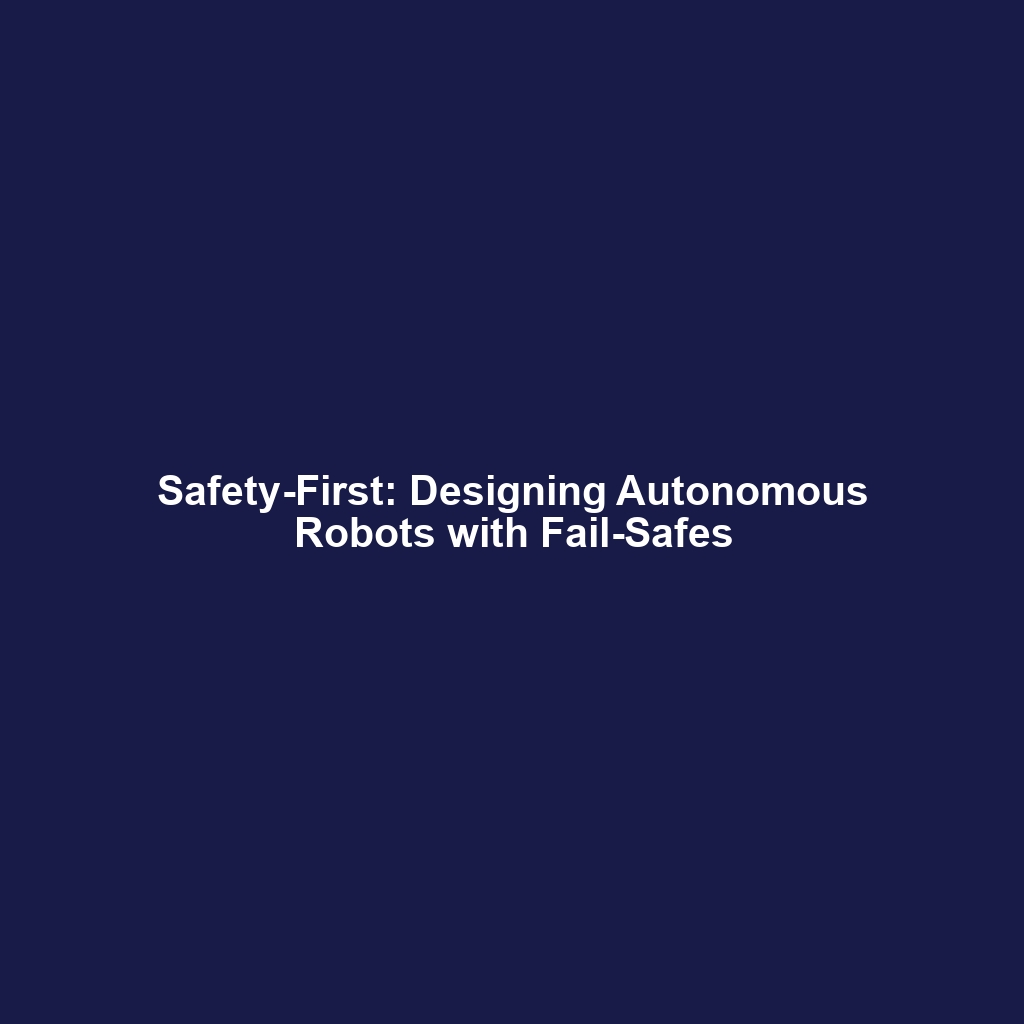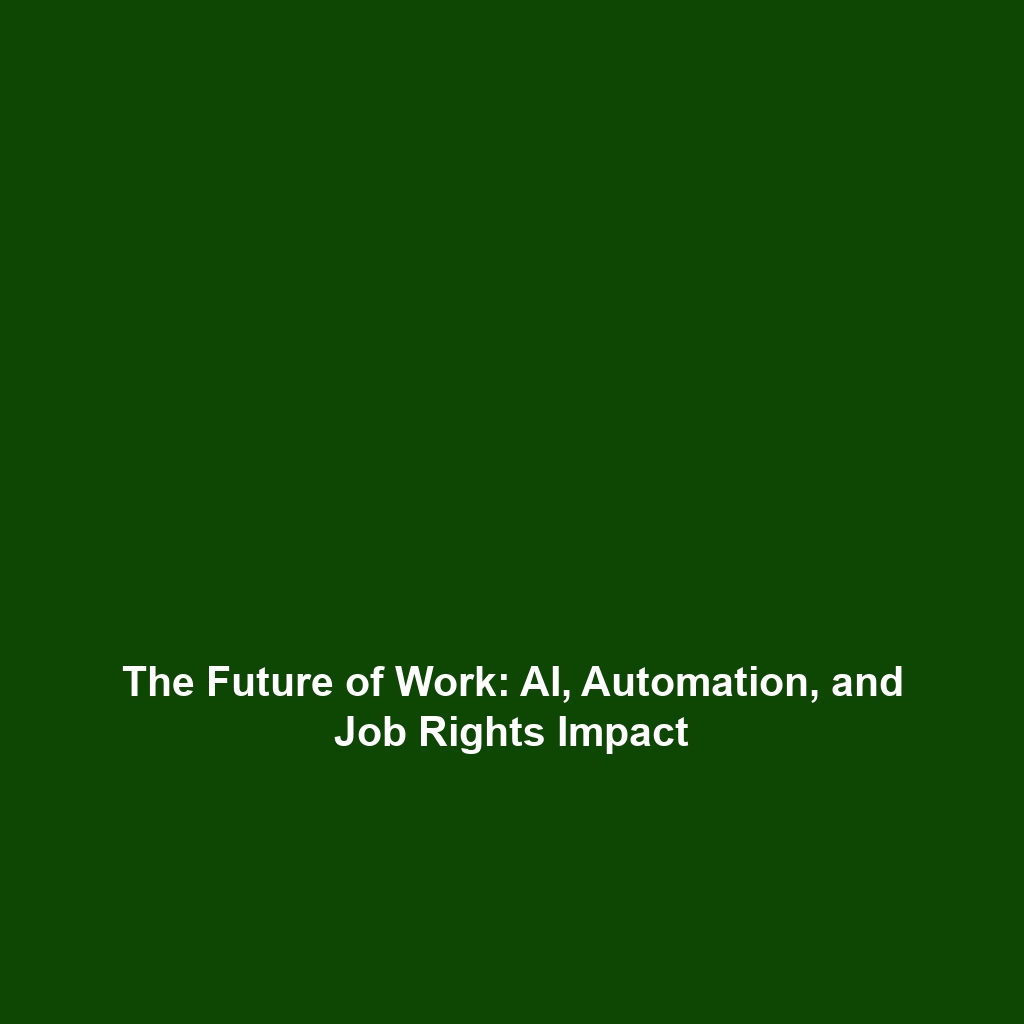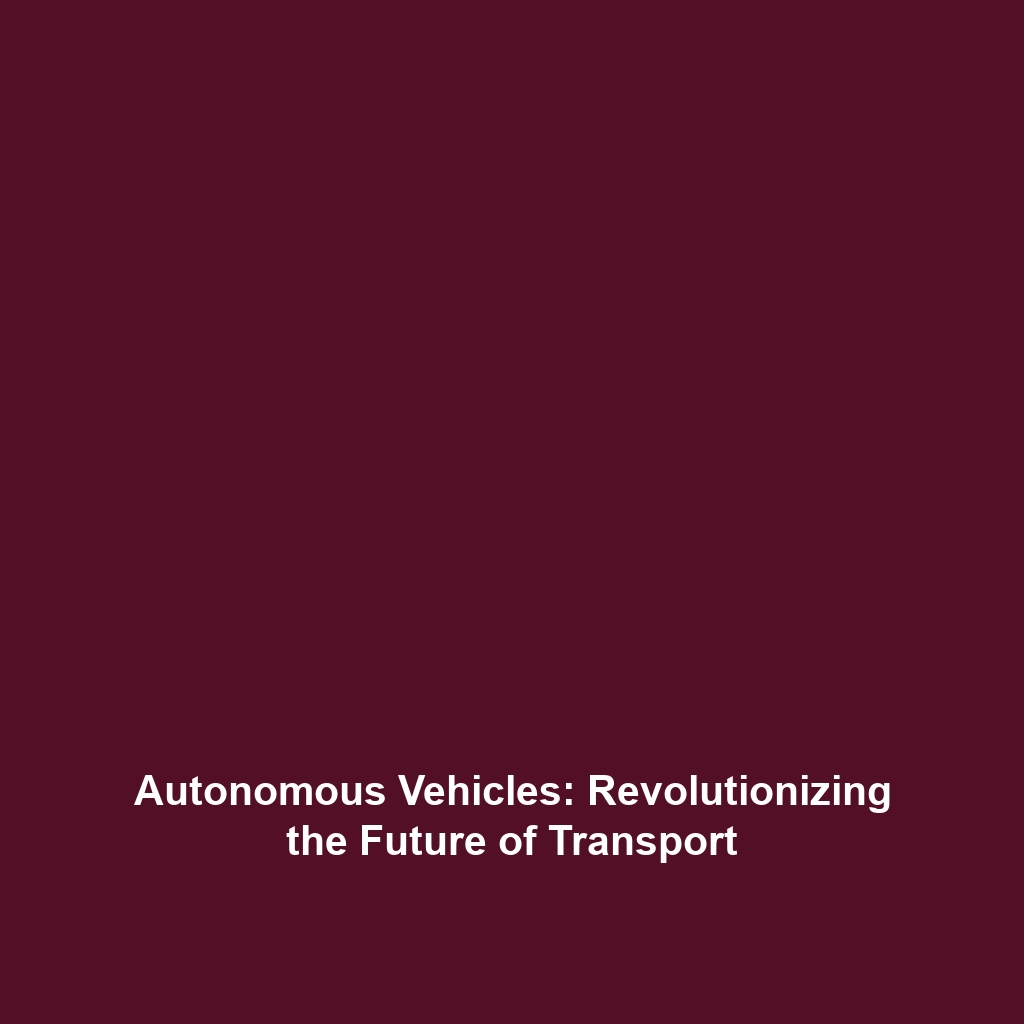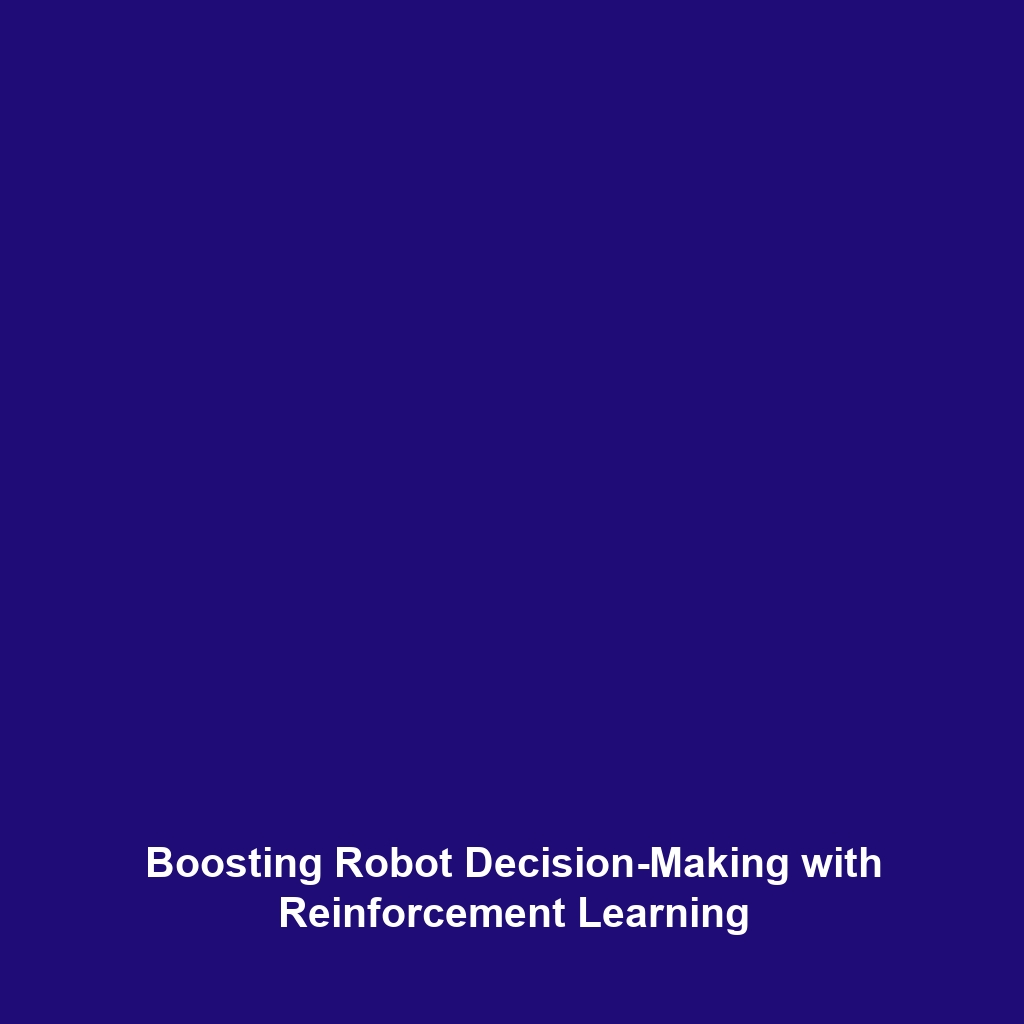Using AI to Enhance Vision Systems for Better Object Detection and Tracking in Autonomous Robots
Introduction
The integration of artificial intelligence (AI) into vision systems is revolutionizing the capabilities of autonomous robots. Enhanced object detection and tracking not only improve operational efficiency but also expand the functional applications of these robots across various industries. By leveraging advanced algorithms, these systems provide better accuracy and real-time processing, crucial for environments where precision is paramount. Understanding the synergy between AI and vision technology is essential for grasping their significance within the field of Autonomous Robots.
Key Concepts
In order to comprehend the impact of AI on vision systems, it’s important to explore several key concepts:
Object Detection Technologies
Object detection involves identifying and locating objects within images or video streams. Techniques such as convolutional neural networks (CNNs) and machine learning algorithms have vastly improved the accuracy of these systems and are integral to autonomous navigation.
Tracking Algorithms
Tracking algorithms maintain object identity across frames in video feeds, enabling continuous monitoring. Kalman filters and optical flow methods are commonly used for this purpose, ensuring robots can follow moving targets effectively.
Fusion of Sensor Data
Combining data from multiple sensors, such as LiDAR, cameras, and ultrasonic sensors, enhances the robustness of vision systems in autonomous robots. This sensor fusion technique leads to more reliable decision-making in complex environments.
Applications and Real-World Uses
AI-enhanced vision systems are being deployed across various sectors. Notable applications include:
- Manufacturing: Robotics in assembly lines utilize object detection for quality control and sorting.
- Healthcare: Surgical robots leverage advanced tracking to assist surgeons with precision.
- Autonomous Vehicles: Self-driving cars employ vision systems to identify road signs, obstacles, and lane markings.
- Security: Surveillance drones use AI to monitor and detect intrusions in real-time.
These applications demonstrate how AI is used to enhance object detection and tracking in autonomous robots, transforming operational capabilities across industries.
Current Challenges
Despite significant advancements, there are persistent challenges in implementing AI-enhanced vision systems:
- Data Privacy: Ensuring user data protection while utilizing real-time surveillance systems.
- Environmental Variability: Adapting to varying light conditions and weather can impede detection accuracy.
- Algorithm Bias: AI algorithms may exhibit bias if trained on non-representative datasets, affecting reliability.
- Computational Requirements: High-demand processing power may limit deployment on smaller robotic platforms.
These challenges of using AI to enhance vision systems highlight areas that require ongoing research and development.
Future Research and Innovations
The future of AI in vision systems looks promising with various innovations on the horizon:
- Edge AI: Developing lightweight algorithms that operate on-device can significantly enhance real-time processing.
- 3D Vision Systems: Advancements in depth perception technologies are set to improve environment interactions.
- Explainable AI: Enhancements in AI transparency will allow operators to understand and trust AI-driven decisions.
- Collaborative Robots: Future robots are expected to work alongside humans safely by recognizing and predicting human actions.
These breakthroughs in AI for better object detection and tracking will significantly impact the future capabilities of autonomous robots.
Conclusion
The integration of AI to enhance vision systems for better object detection and tracking illustrates significant advancements within autonomous robots. As we embrace these technologies, the potential for increasing efficiency and safety in multiple industries continues to grow. To explore more about the implications of AI in robotics, consider reading about Applications of AI in Robotics and Challenges Faced by Autonomous Robots. Stay tuned for innovations that promise to revolutionize our interaction with autonomous systems.
